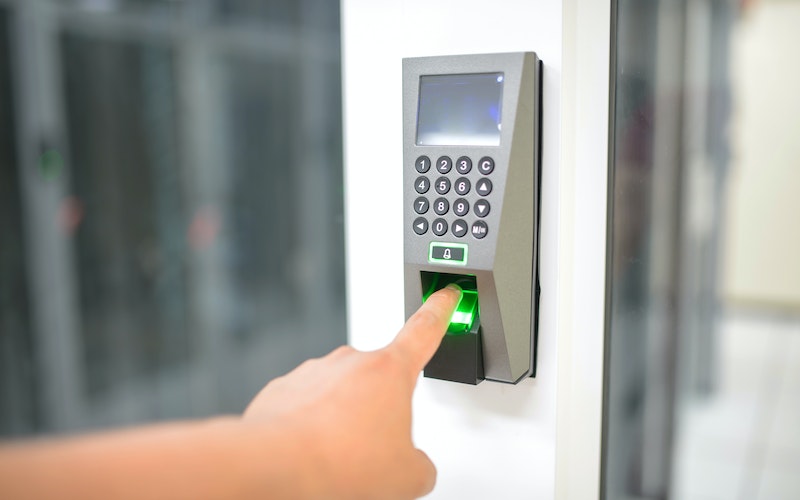Introduction
In our quest for security, technology has opened doors to a fascinating world of biometrics. These biological measurements and unique physical traits are the keys to identifying individuals. While you may have heard of fingerprint scanning and facial recognition, biometrics extends far beyond these familiar faces.
Exploring the Biometric Spectrum
Biometrics can be categorized into three groups, each offering a distinct approach to security:
1. Biological Biometrics:
Delving into the genetic and molecular realm, these biometrics explore features like DNA and blood, which can be assessed through bodily fluids. They’re the building blocks of your identity.
2. Morphological Biometrics:
Focusing on your body’s structure, these traits include your eyes, fingerprints, and facial contours. They can be mapped and used with security scanners, creating personalized security shields.
3. Behavioral Biometrics:
Uniqueness lies in your patterns—how you walk, talk, or type. These distinctive behavioral traits become indicators of your identity when tracked.
The Marvel of Biometric Security
Biometric identification is rapidly reshaping our security landscape. These characteristics, individualized even in the case of twins, can replace or enhance traditional password systems. Once your biometric data is captured and stored, it serves as the key to your digital kingdom.
Biometric scanners, the gatekeepers of this digital fortress, capture your biometric data for identity verification. These scans are matched against stored records to grant or deny access. In essence, your body becomes the “key” to unlock your digital world.
The allure of biometrics lies in two compelling advantages:
- Convenience:
your biometrics are always with you, impossible to misplace or forget.
- Security:
Unlike easily stolen passwords or keys, biometrics are challenging to steal or imitate.
While not infallible, biometric systems hold immense promise for the future of cybersecurity. Share your thoughts in the “Tech Blogs Write for Us” section.
Examples of Biometric Marvels
The examples mentioned below are more than mere possibilities; they’re already in use across various industries. Here are some everyday examples of biometric security:
1. Voice Recognition:
Your unique voice serves as your digital signature.
2. Fingerprint Scanning:
Your fingertips unlock the digital realm.
3. Facial Recognition:
Your face is the key to your device.
4. Iris Recognition:
The intricate patterns in your iris are your identity.
5. Heart-Rate Sensors:
Your heartbeat confirms your access.
Real-World Applications of Biometric Security
Biometrics have found their place in safeguarding sensitive documents, valuables, and even our daily lives. Voice recognition secures banking services, while heartbeat monitoring verifies customers’ identities. Car manufacturers are even exploring the integration of biometric sensors.
On a global scale, e-passports harness biometrics, containing digital photographs of faces, fingerprints, or irises. Cutting-edge technology prevents unauthorized data readers from accessing this sensitive information.
The Bottom Line
In conclusion, biometrics represents an evolving path to identity verification within cybersecurity systems. The fusion of physical or behavioral signatures with other authentication methods yields robust security.
At the very least, it surpasses standalone character-based passwords. Biometric technology, with its convenience and resilience, offers compelling security solutions. While challenges remain, these systems are poised for continuous development, promising a secure digital future.We’d love to hear your take on biometric security!




